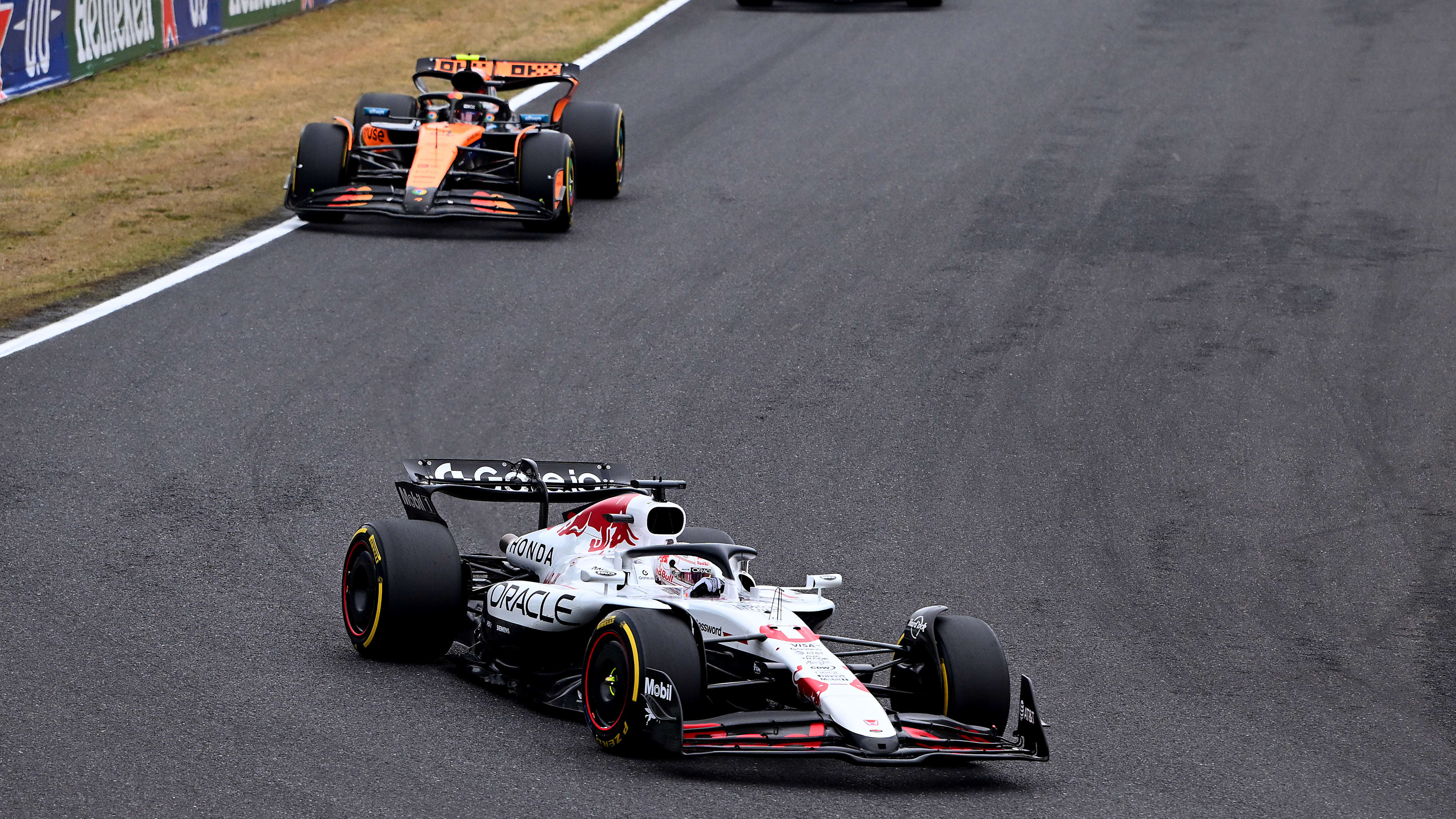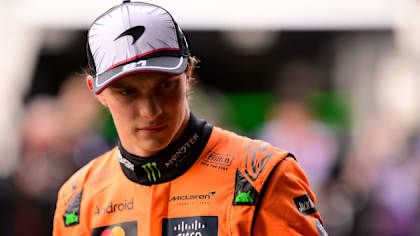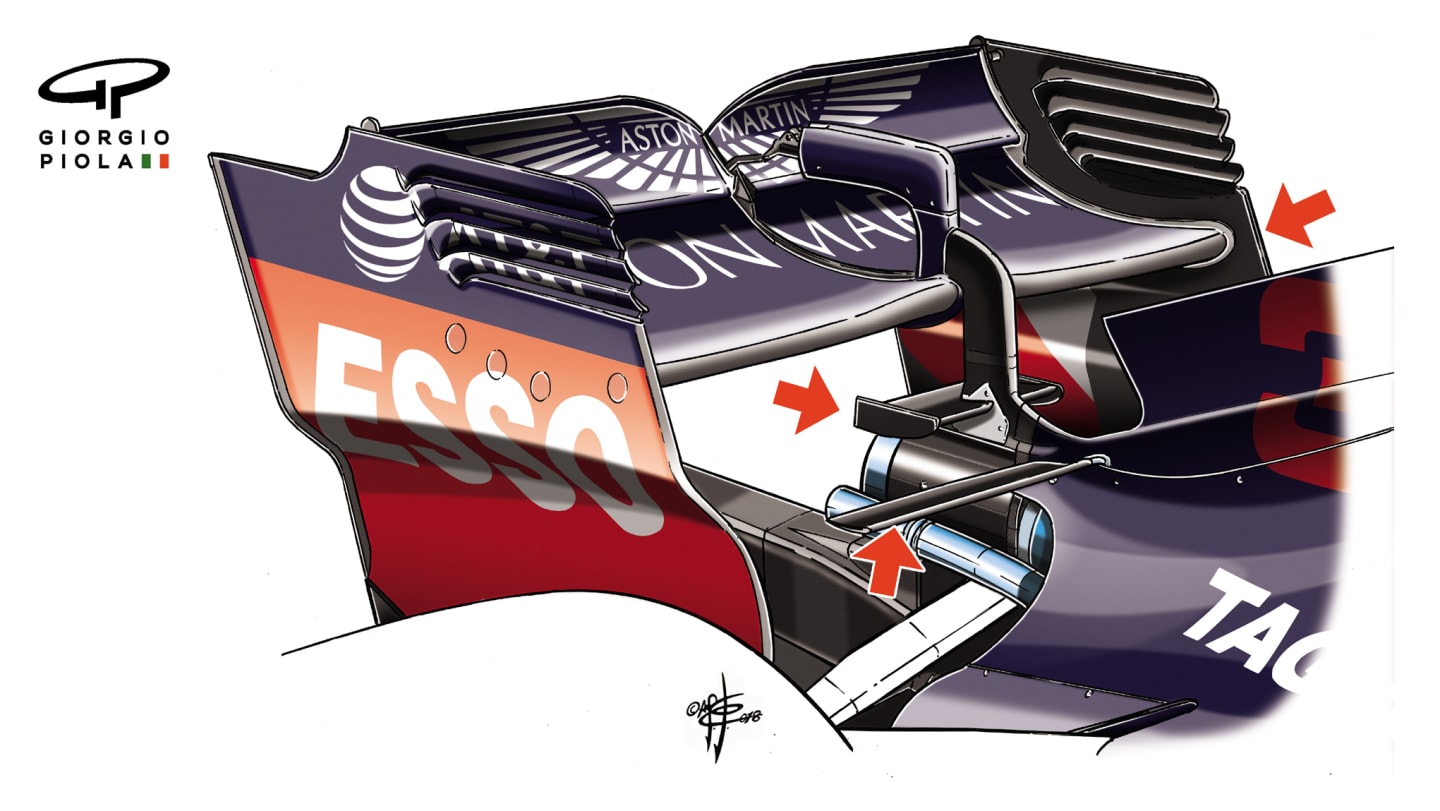
Technical
TECH TUESDAY: Why Singapore is the ultimate drag race

Share

After trying to make their cars as slippery as possible for Monza, the Formula 1 teams desperately threw drag back onto the cars for the tight street-circuit layout in Singapore. Here, our tech team of Mark Hughes and Giorgio Piola explore the different approaches of Red Bull, Mercedes and Ferrari, while assessing the updates that Force India were finally able to put on their VJM11 at Marina Bay...
Singapore’s multiple corner sequence means that it is particularly downforce-sensitive to lap time. As at Monaco, teams even add relatively ‘dirty’ downforce here – i.e. wing levels and add-ons that could not justify themselves on more conventional tracks because of the cost in drag. They still add drag here, but the relative lack of straights means that is less punishing to lap time than elsewhere. Force India and Red Bull, for example, each ran with their Monaco double T-wing arrangements.
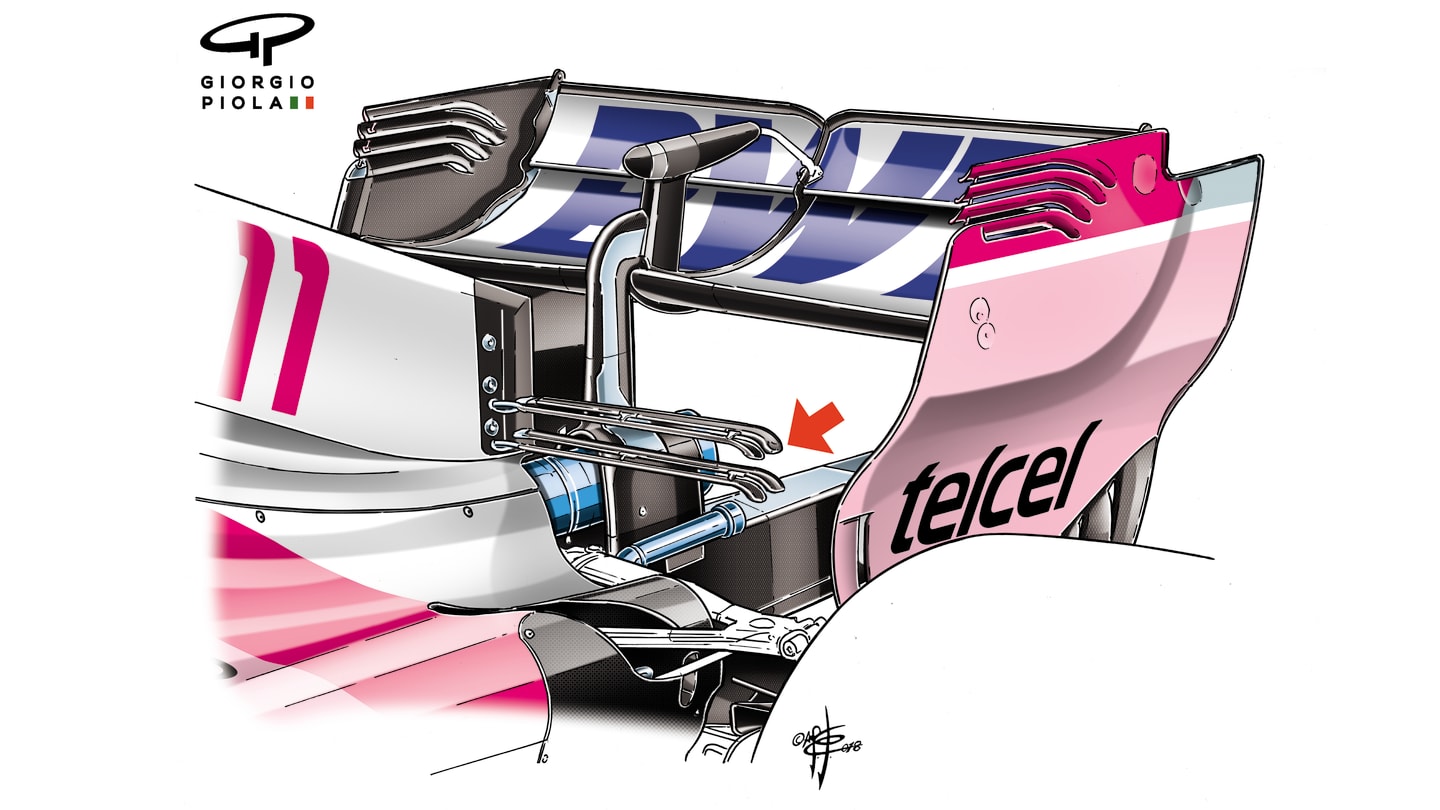
Both Red Bull (top) and Force India (above) ran with their Monaco double T-wings
It also means that a high-downforce/high-drag car will tend to be more competitive here – and we saw the Red Bull RB14 have its most competitive race since Monaco. Team boss Christian Horner feels that the software-related misfire occurring in Max Verstappen’s car probably cost it pole position.
The title-contending Ferrari and Mercedes teams continue apace with development, and at Singapore both featured new rear wing endplates. For the first time, the Ferrari endplate incorporated the McLaren-led innovation of overhangs between the upper and lower parts, forming two big slots in the side below the level of the wing underside.

Ferrari's new rear wing endplates emulated McLaren's
The Mercedes’ similar endplate slots were increased to four. In both cases the slots are placed and angled in a way which implies that additional airflow will be sucked into the wing’s underside. This would have the effect of reducing the pressure differential between the wing’s upper and lower surfaces around the outboard ends and would seem therefore counter-intuitive. However, it will improve the wing’s performance as the car is turned and the angle of the oncoming air changes by reducing airflow stall. In that transient phase of the corner therefore, these slots will be expected to improve rear stability, giving a more progressive build-up in downforce.
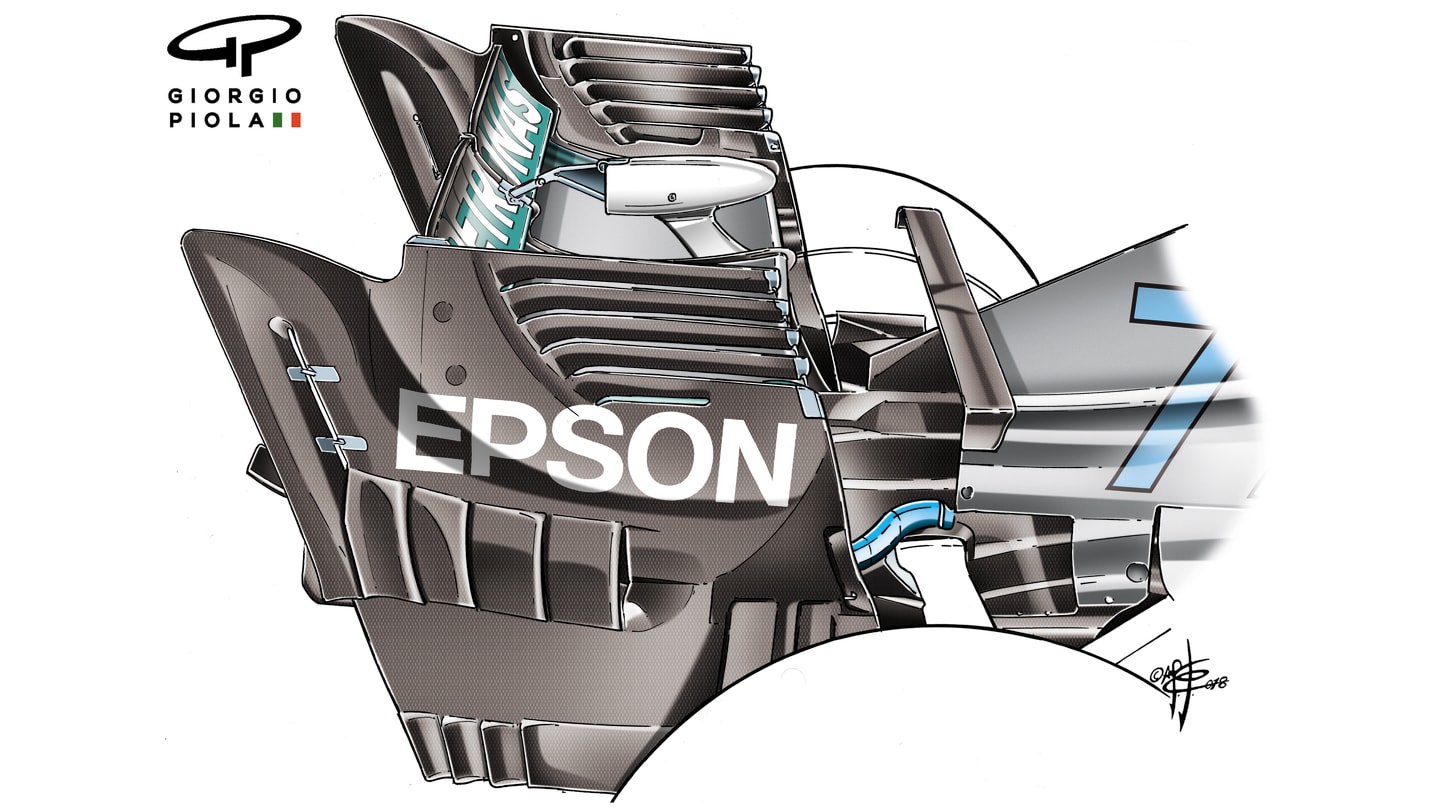
Mercedes increased the number of slots on the rear wing to encoruage more airflow to the underside of the wing
Any rear wing will be giving non-constant downforce as the angle of the airflow and the speed of the car changes. But the driver will take his reading of the grip of the car from the lowest point, and if the initial downforce is relatively low, a higher peak immediately afterwards will not be accessible. Progressive downforce will usually be preferred to a wing generating a higher peak number in the wind tunnel but with a more ‘peaky’ performance. These slots probably soften the peaks.
Force India finally get their updates – but with little to show
Force India showed up in Singapore with an extensively updated VJM11. A very different barge board arrangement was the most obvious of the changes, but the diffuser was also different and the wing mirror arrangement had been changed.

Force India's new barge board arrangement
The team’s financial plight before being bought by its new owners mid-season meant that it could not afford to build the parts that its aero programme continued to develop in the wind tunnel and CFD. But just because the parts couldn’t be built did not mean that the team’s knowledge didn’t keep expanding. In some cases, the parts were developed and created up to three times in the ‘virtual’ world, without ever being built. The Singapore package was a collection of the latest iteration of all these updates – finally brought into the real world, carbon fibre reality.
As such, the first-lap collision between the two Force Indias that put Esteban Ocon’s car in the wall and inflicted significant damage will have been particularly unwelcome...
YOU MIGHT ALSO LIKE
Podcast F1 NATION: A first win of the year for Verstappen, but did McLaren miss a trick? It's our Japanese GP review
News Piastri insists pace in Japan was ‘mega’ as he explains McLaren’s ‘fair’ response in battle with Norris

Video RACE START: Watch the getaway in Japan as Verstappen holds onto the lead while Alonso battles with Gasly
News DRIVER OF THE DAY: Tsunoda's your star in first Red Bull outing on home soil
